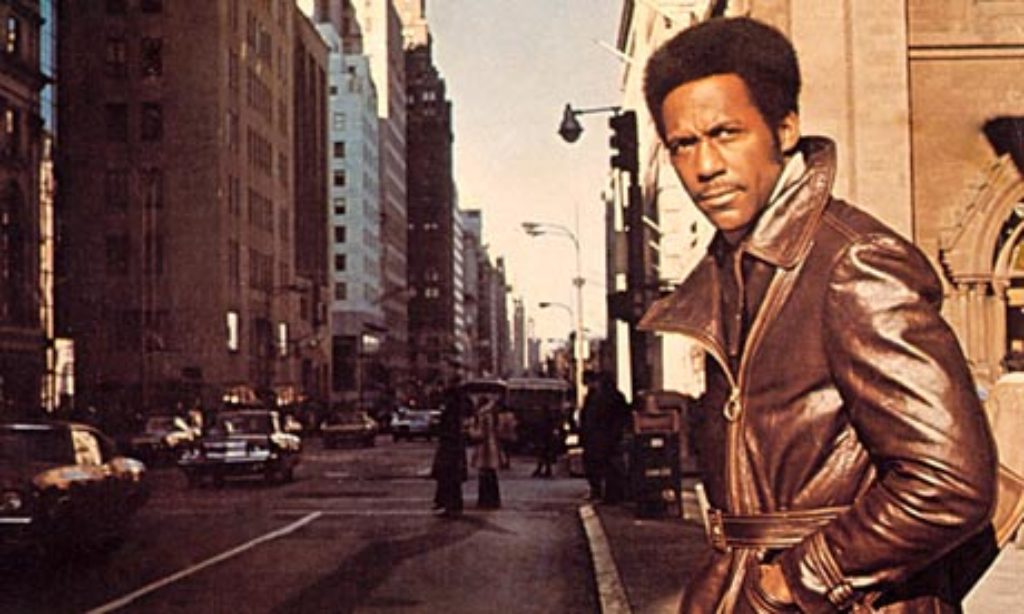
This film is not a remake of the original 1971 Shaft, and it’s not quite a sequel either. The John Shaft of this movie is a nephew of the original Shaft, and he’s the “baddest,” best-dressed detective in New York City’s 15th Precinct. Detective Shaft is investigating the murder of a young black man outside a New York restaurant, by all indications a racially motivated killing. The only witness, an Italian-American waitress, is terrified to testify because the suspect, Walter Wade, threatens to kill her. Wade, a spoiled rich boy, is arrested by Shaft but is set free on bail; he promptly flees to Switzerland. In the meantime, Shaft’s team is investigating a major drug lord, Peoples Hernandez—so named because he “takes care of” his people. Wade is arrested by Shaft while trying to sneak back into the country, and both Wade and Hernandez wind up in the same jail holding cell. They strike up a wary relationship, like two scorpions in a bottle, and make plans to kill their common enemy: John Shaft.
Positive Elements: Very little. Detective Vasquez knowingly puts herself in danger to save Shaft’s life. The waitresses’ brothers risk death to save their sister.
Sexual Content: The opening credit sequence features a nude male and female, obviously engaged in sex, but it’s shot in a highly stylized way that makes it difficult to tell just what’s going on. Shaft is referred to as a sex machine. He engages in sexual banter with a bartender using crude euphemisms. Uncle John is seen leaving a restaurant with a beautiful woman on each arm. Women wear scanty underwear and breathing masks as they work in a drug lab.
Violent Content: The mildest is a vicious punch in the face. A lot of gun play, with splattering brains and blood. Drug lord Hernandez’s favorite weapon is an ice pick, and he taunts a hostage by poking at her neck with it. A man is thrown out of an upper story window with said ice pick jammed into his chest. Hernandez later impales a man’s hand with the pick.
Crude or Profane Language: Over 100 f-words and 30 s-words. Other profanity is also rampant. Jesus’ name is abused. Racial slurs are used several times. A white cop refers to Shaft as “cornbread,” and Shaft in return calls him “cracker.”
Drug and Alcohol Content: A restaurant bar scene. A birthday party with champagne and beer. Uncle John smokes a huge cigar.
Other Negative Elements: Aside from the bad language and violence, this movie has a disturbing undertone: the glorification of vigilante justice, by both police and citizens.
Summary: The name Shaft and the wah-wah guitar opening of Isaac Hayes’ classic song of the same name will evoke strong feelings in people old enough to remember the original movie. The first Shaft was part of an historical moment in America: it was a breakthrough action film with an African American as the hero, but it was also among the first (and mildest, relatively speaking) of the so-called “blaxploitation” films of the 1970s that departed from Martin Luther King’s call for racial harmony. Call it “race baiting” turned on its head. This new Shaft might be a slam-bang action film, but for young audiences, there is no historical context for why the Shaft character struck such a strong chord in 1971. Here, he’s just another shoot-em-up cop. Because of the language and violence alone, not to mention the more subtle social negativity, families should skip this one entirely.